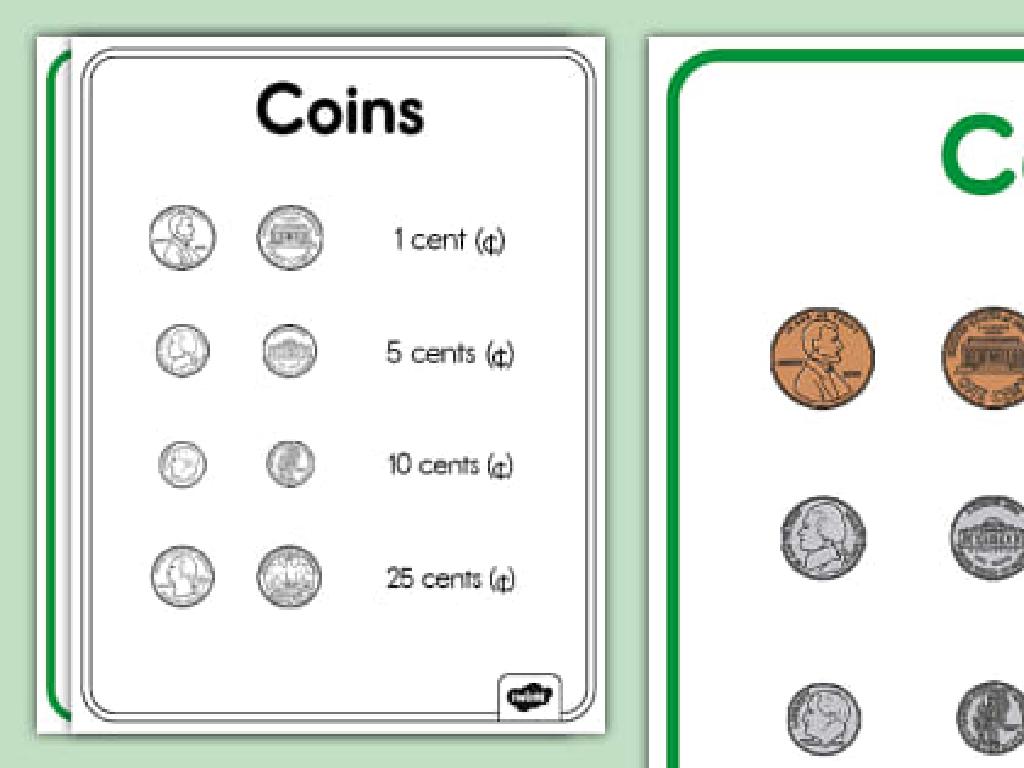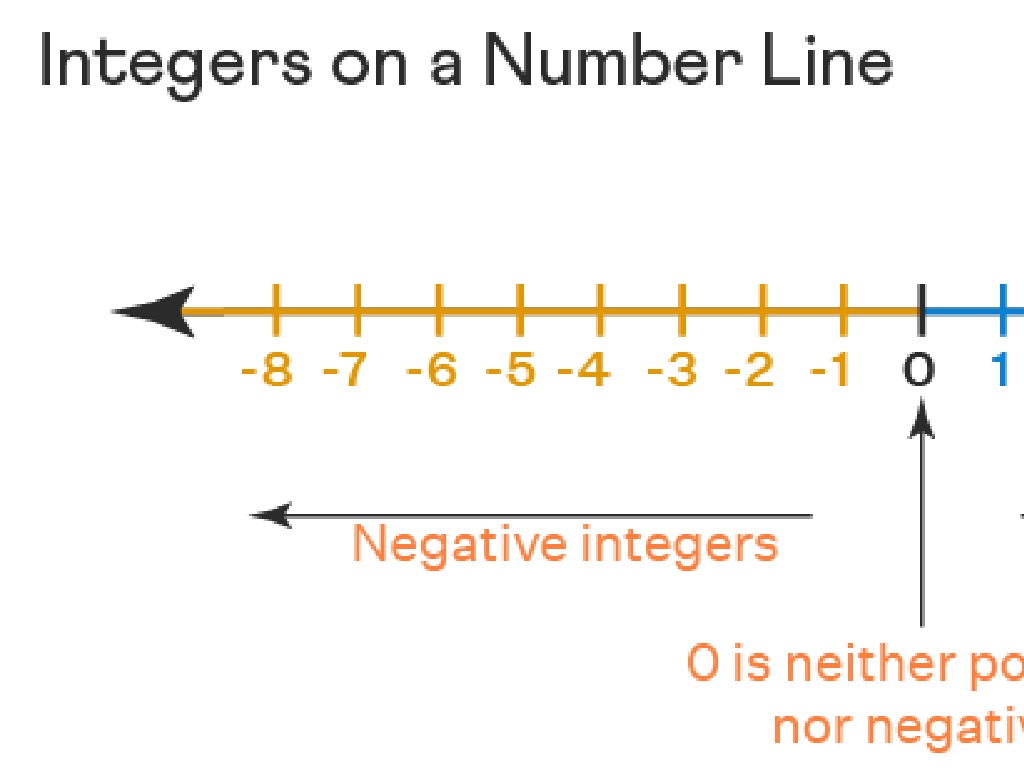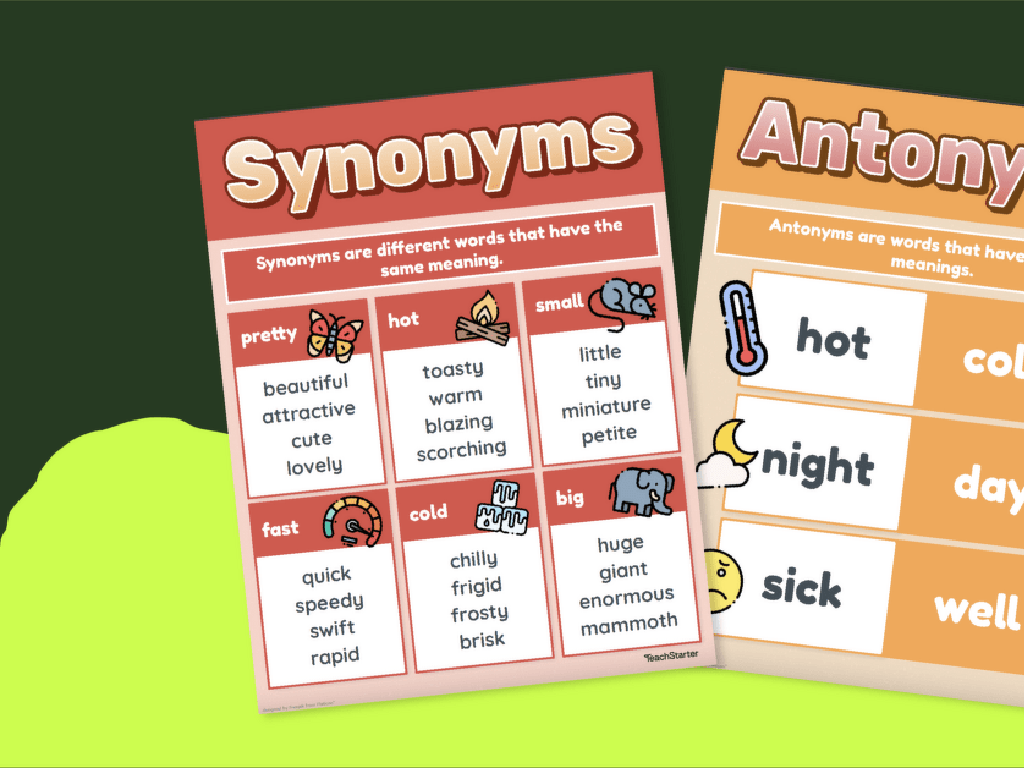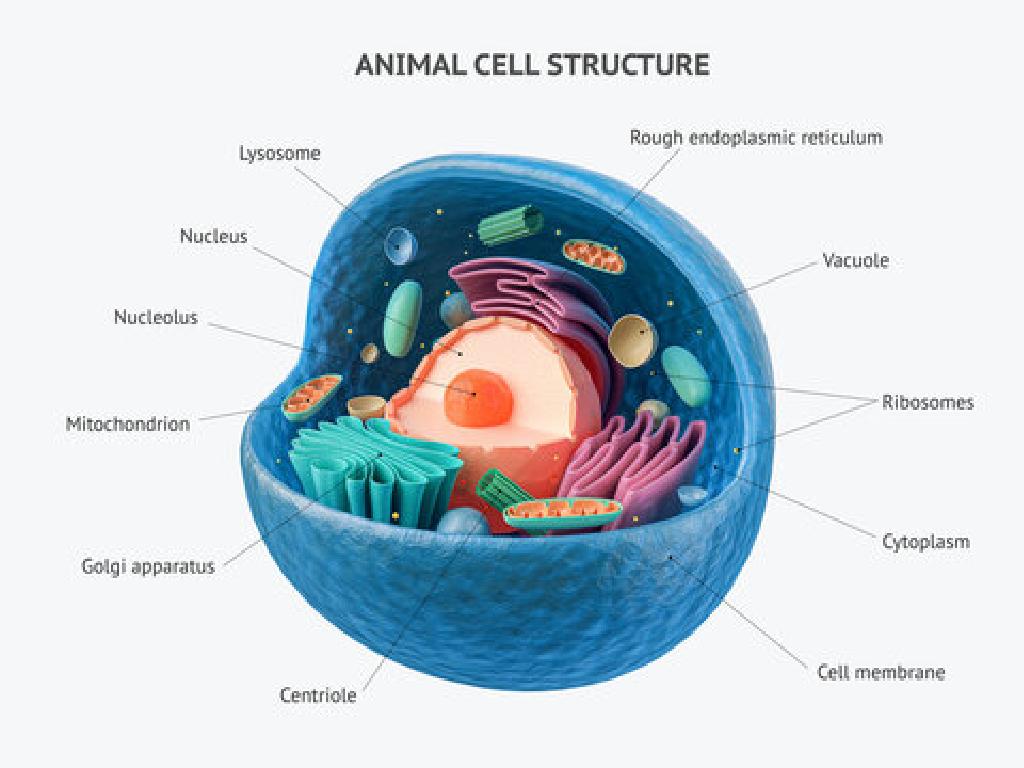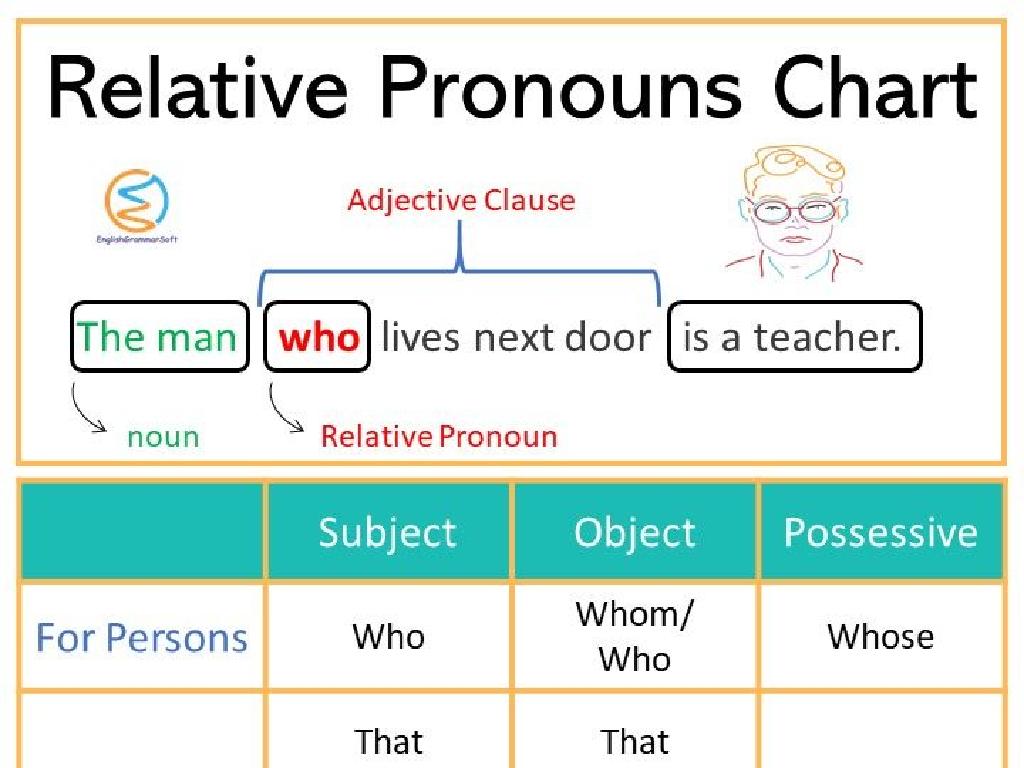Write Variable Equations: Word Problems
Subject: Math
Grade: Fifth grade
Topic: Variable Expressions
Please LOG IN to download the presentation. Access is available to registered users only.
View More Content
Introduction to Variable Equations
– Understanding variables in math
– Variables are symbols that represent numbers
– Defining variable equations
– Equations with unknown values to find
– Real-life variable equation examples
– Using equations to solve everyday problems
– Practice with word problems
– Apply what we’ve learned to solve problems
|
This slide introduces variable equations to fifth-grade students, starting with the concept of variables as placeholders for numbers. We’ll define what variable equations are and how they consist of numbers, variables, and operation signs. Students will see how these equations are relevant by exploring real-life examples, such as calculating total costs or distances traveled. Finally, we’ll transition to applying this knowledge to word problems, which will help students practice and solidify their understanding of variable equations. Encourage students to think of their own examples and to approach word problems as puzzles to be solved.
Understanding Variables in Word Problems
– Variables represent unknown numbers
– Think of a variable as a mystery number in a story
– Commonly denoted by letters like x, y
– x, y, or any letter can be a placeholder for this mystery number
– Example: x as number of apples
– If we say x is the number of apples and we have 3, then x equals 3
– Solving for x with given information
– Use clues from the problem to find the value of x
|
This slide introduces the concept of variables, which are fundamental in solving math word problems. A variable is a symbol, often a letter, that stands in for a number we do not know yet. It’s like a blank space in a puzzle that we need to fill in. By using variables, we can write equations that represent real-world situations. For example, if we let x represent the number of apples and we know there are 3 apples, we can write the equation x = 3. Encourage students to think of variables as tools that help us translate stories or word problems into mathematical language that we can solve.
Writing Variable Equations from Word Problems
– Variable equations represent relationships
– Example equation: x + 5 = 10
– If a friend has 5 marbles and you have x, together you have 10 marbles.
– Solving for x reveals its value
– To find x, we perform inverse operations: subtract 5 from both sides.
– Practice with different word problems
– Apply this method to solve for unknowns in various scenarios.
|
This slide introduces the concept of variable equations to fifth graders, showing how they can represent relationships between numbers. Start with a simple example like x + 5 = 10 to illustrate the concept. Explain that ‘x’ is a placeholder for a number we don’t know yet and can be found by solving the equation. Use relatable examples, such as sharing marbles, to make the concept tangible. Encourage students to practice solving for x with different word problems, reinforcing the idea that variable equations are just puzzles waiting to be solved. Provide guidance on using inverse operations to isolate the variable and find its value.
Word Problems & Variables
– Translating word problems
– Convert the story problem into a math equation
– Identifying unknowns
– Find what we don’t know and use a letter for it
– Assigning variables
– Choose a letter like ‘x’ or ‘y’ for the unknowns
– Writing the equation
– Use the variable to form an equation that solves the problem
|
This slide introduces students to the process of solving word problems by writing variable equations. Start by explaining that word problems describe real-life situations that we can solve using math. Teach students to identify the unknown elements in the problem and assign variables to them. Then, guide them on how to write an equation that represents the problem using the assigned variables. Provide examples such as ‘If 5 apples cost x dollars, how much do 3 apples cost?’ to illustrate the process. Encourage students to practice by writing equations for different scenarios and solving them.
Writing Variable Equations from Word Problems
– Understand the problem context
– Sarah’s initial stickers are unknown
– Assign a variable to unknown
– Let x represent the initial amount
– Formulate the equation
– Translate the problem into x + 10 = 15
– Solve for the variable
– Subtract 10 from both sides to find x
|
This slide introduces students to the process of writing variable equations from word problems. Start by understanding the problem: Sarah has an unknown number of stickers and buys more. Assign a variable (x) to represent the unknown initial amount. Formulate an equation based on the given information (x + 10 = 15). To solve for x, teach students to perform the inverse operation, subtracting 10 from both sides, which reveals that Sarah started with 5 stickers. Emphasize the importance of understanding the problem and choosing the right operation to solve the equation. Practice with similar problems to reinforce the concept.
Solving Variable Equations with Word Problems
– Start with the equation x + 10 = 15
– Subtract 10 from both sides
– Doing the same to both sides keeps the equation balanced
– Discover the value of x
– After subtraction, x is revealed to be 5
– Understand Sarah’s stickers
– Sarah initially had 5 stickers before getting more
|
This slide is aimed at teaching students how to solve a simple variable equation stemming from a word problem. Begin by presenting the equation x + 10 = 15, which represents a situation where Sarah has a certain number of stickers, and then receives 10 more, ending up with 15. Explain the importance of maintaining balance in an equation by performing the same operation on both sides. By subtracting 10 from each side, students will find that x equals 5, which is the number of stickers Sarah had originally. Emphasize the practical application of this skill in solving real-world problems and encourage students to try similar problems on their own.
Practice Problems: Writing Variable Equations
– Let’s solve problems together
– First, identify the variable
– The variable represents what we’re solving for
– Write the equation for the problem
– Use the variable to show the unknown in the problem
– Work through the steps one by one
– Follow the order of operations as you solve
|
This slide is designed to engage students in a collaborative problem-solving activity. Start by reminding them of the importance of identifying the variable, which is the unknown quantity they are trying to find. Then, guide them to translate the word problem into a mathematical equation using the identified variable. Emphasize the need to work systematically through the problem, respecting the order of operations. For the activity, present a series of word problems appropriate for fifth graders, ensuring they involve writing variable equations. Encourage students to participate actively and think aloud as they work through each step. Provide guidance and clarification as needed. Possible activities could include solving for the number of apples in a basket if we know the total number and some other details, or finding the total cost of pencils if we know the cost per pencil and the number of pencils bought.
Class Activity: Craft & Solve Variable Equations
– Pair up and write a word problem
– Include a variable equation in your story
– Example: If 5x = 25, what is x? Create a story around this.
– Swap problems with another team
– Solve the exchanged problem
– Use your math skills to find the variable’s value
|
This activity is designed to encourage collaborative learning and application of variable equations in word problems. Students will pair up to create their own word problems that involve a variable equation, which will help them understand how variables are used in real-life situations. After writing their problems, they will exchange with another pair to solve, promoting peer learning. As they work, circulate the room to provide guidance and ensure understanding. Conclude the activity with a class discussion to review the solutions and the different approaches taken by each pair. This will reinforce their learning and problem-solving skills. Possible activity variations include creating word problems based on personal interests, using different operations, or incorporating multiple variables.

